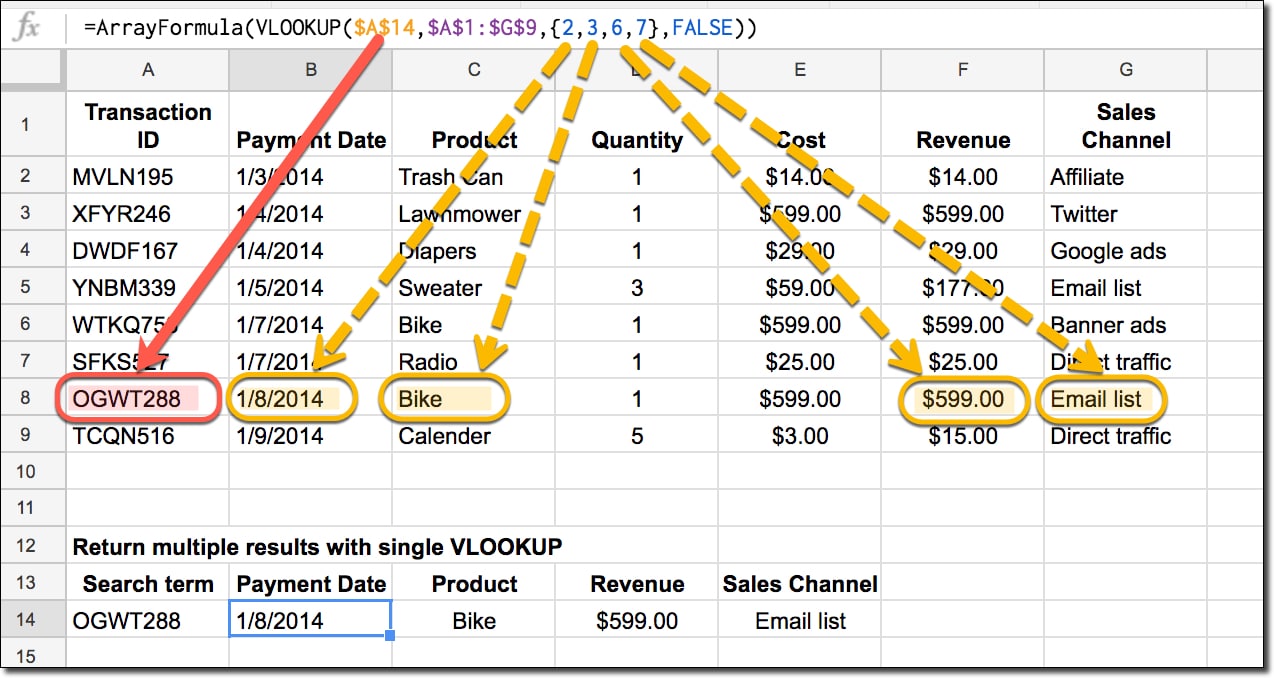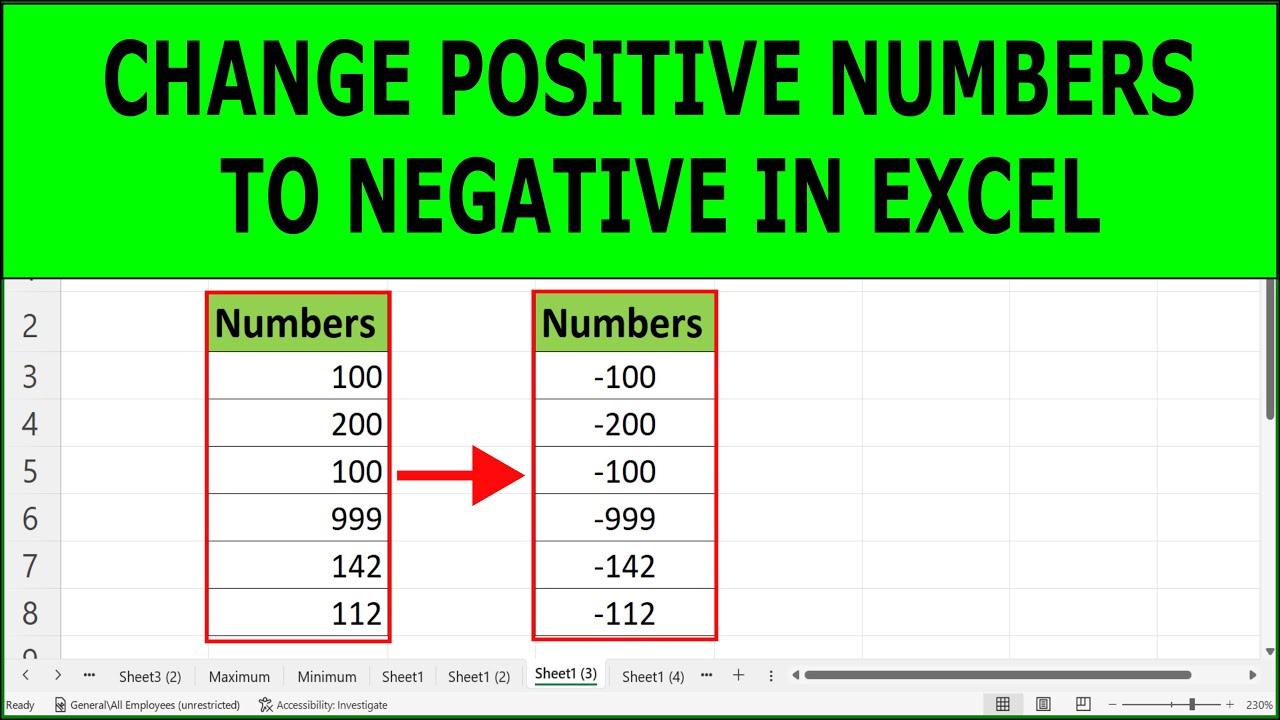The Duration of 53 Weeks Explained.

Exploring the concept of time and its various divisions is an intriguing endeavor, especially when it comes to understanding the duration of 53 weeks. While a standard year typically consists of 52 weeks, the addition of an extra week raises several questions and offers an opportunity to delve into the intricacies of time measurement and its impact on various aspects of our lives.
The Significance of 53 Weeks

In the realm of timekeeping, the notion of a 53-week year may seem unusual, but it holds practical importance and occurs more frequently than one might expect. Let’s unravel the mystery behind this unique timeframe and its implications.
Understanding the Leap Week
The primary reason for a 53-week year is the implementation of a leap week system, an alternative to the traditional leap day approach used in the Gregorian calendar. Instead of adding an extra day every four years, some calendars, such as the ISO week date system, employ a leap week every few years to keep the calendar synchronized with the solar year.
This leap week system ensures that each week begins on a Monday and ends on a Sunday, maintaining a consistent weekly cycle. By adding a full week, approximately every five or six years, the calendar remains aligned with the seasons and astronomical events.
| Year | Number of Weeks |
|---|---|
| 2024 | 53 |
| 2029 | 53 |
| 2035 | 53 |

Impact on Daily Life
The presence of a 53-week year can have tangible effects on various aspects of our daily routines and societal functions.
For instance, in the business world, a 53-week year may impact financial reporting and budgeting processes. Companies that operate on a fiscal year basis might find themselves adjusting their strategies and timelines to accommodate the extra week.
In the realm of event planning, organizers might need to consider the added week when scheduling annual occurrences, ensuring they don't inadvertently clash with other significant dates.
Historical and Cultural Perspectives
The concept of a 53-week year is not entirely novel. Throughout history, different cultures have employed various methods to account for the discrepancy between the solar year and the calendar year. Ancient civilizations, including the Egyptians and the Babylonians, developed sophisticated calendars with leap years to maintain astronomical accuracy.
In modern times, the leap week system offers a practical solution, ensuring that our calendars remain in harmony with the natural cycles of the Earth's orbit around the sun.
The Practicalities of a 53-Week Year

Navigating a 53-week year requires adaptability and a nuanced understanding of time management. Here are some key considerations and strategies to make the most of this unique timeframe.
Planning and Organization
When confronted with a 53-week year, effective planning becomes even more crucial. Individuals and organizations should:
- Review and update their annual plans and goals to accommodate the extra week.
- Break down long-term projects into manageable tasks, ensuring progress is tracked throughout the year.
- Utilize digital calendars and planning tools that support the ISO week date system for accurate scheduling.
Maximizing the Extra Week
The additional week in a 53-week year presents an opportunity for personal growth, professional development, and meaningful experiences.
- Explore new hobbies or skills during this time, taking advantage of the extended period to delve into passions or acquire new expertise.
- Engage in volunteer work or community initiatives, making a positive impact during the extra week.
- Plan a well-deserved vacation or a unique travel experience, using the extra week to explore new destinations or embark on adventures.
Calendar Synchronization
Maintaining calendar synchronization across different platforms and devices is essential during a 53-week year. Here are some tips:
- Ensure that your primary calendar, whether on a smartphone or computer, is set to the ISO week date system.
- Synchronize your calendar with other devices and online accounts to avoid confusion and ensure consistency.
- Utilize calendar sharing features to keep your team or family members informed about the extended year.
Future Implications and Innovations
As we continue to refine our understanding of time and its measurement, the concept of a 53-week year may evolve further.
Potential Calendar Reforms
Proposed calendar reforms, such as the World Calendar or the Hanke-Henry Permanent Calendar, aim to address the complexities of timekeeping by introducing innovative structures. These calendars aim to eliminate the need for leap weeks or days, providing a more uniform and consistent year-round system.
While widespread adoption of such calendars remains a challenge, the ongoing exploration of alternative timekeeping methods showcases our ongoing quest for a more precise and efficient approach to time measurement.
Technological Advancements
The digital age has brought about significant advancements in time management and synchronization. Smart devices, AI-powered assistants, and cloud-based calendars offer unparalleled precision and convenience in organizing our schedules.
As technology continues to evolve, we can expect further innovations in timekeeping, making it easier to adapt to unique timeframes like a 53-week year and ensuring a seamless integration of these periods into our daily lives.
How often does a 53-week year occur?
+A 53-week year occurs approximately every five or six years in the ISO week date system. This system adds a leap week to keep the calendar in sync with the solar year.
What is the ISO week date system?
+The ISO week date system is an internationally recognized calendar system where each week begins on a Monday and ends on a Sunday. It ensures a consistent weekly cycle and is widely used in business and industry.
How does the leap week system work?
+The leap week system adds an extra week to the calendar every few years, ensuring that the calendar remains synchronized with the solar year. This system maintains a consistent weekly cycle and prevents the calendar from drifting over time.



